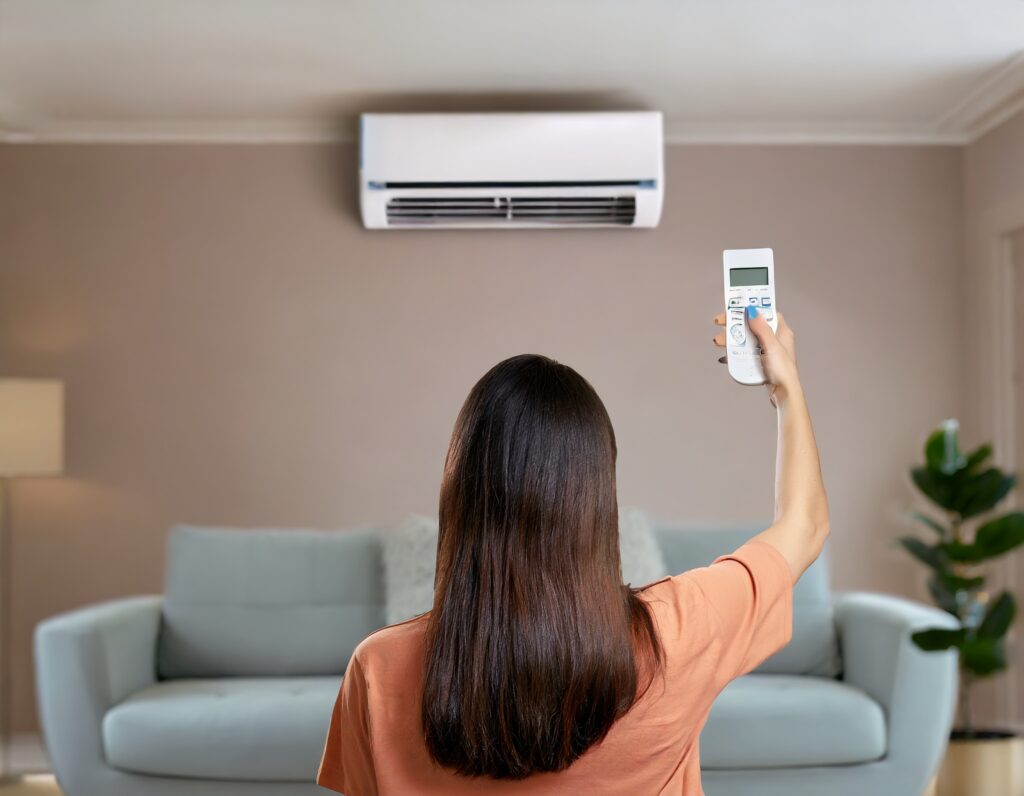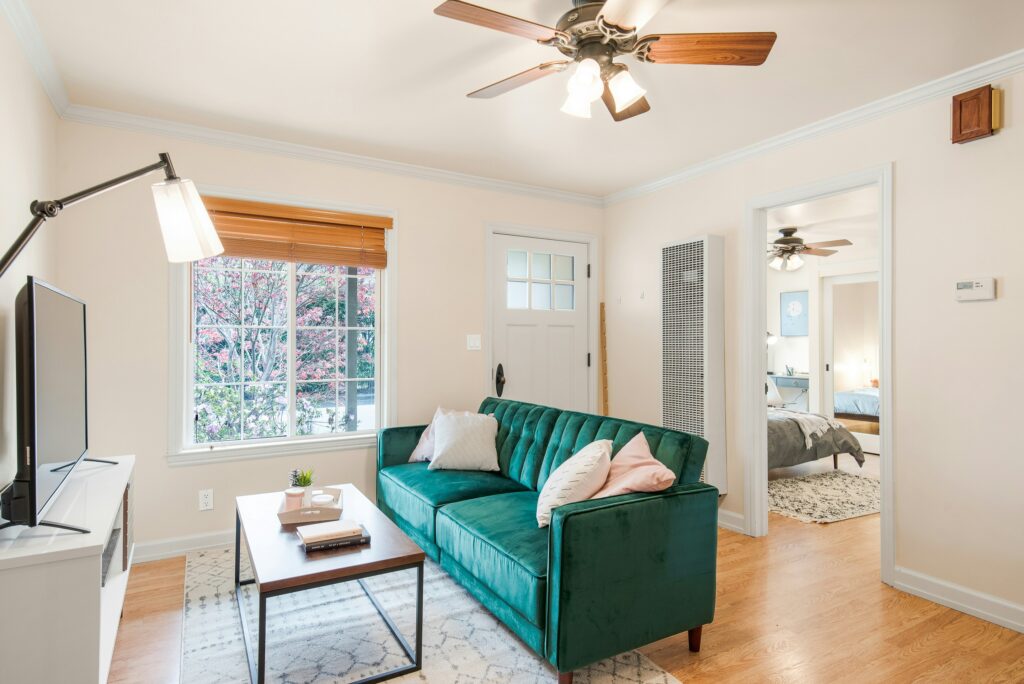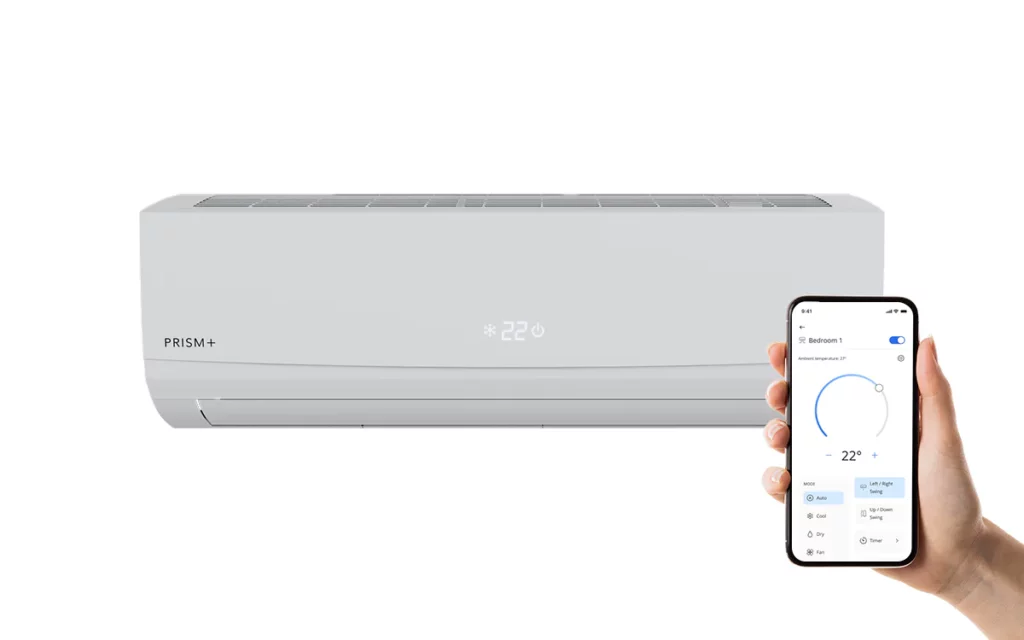Singapore’s first car-free town, Tengah, has been making waves for its green initiatives and smart technologies. Among its innovative features is the Centralised Cooling System (CCS), designed to provide energy-efficient and cost-effective cooling to residents. While the idea of an eco-friendly aircon system sounds great, potential BTO homeowners are asking: Is Tengah’s Centralised Cooling System truly a good idea, or are there hidden pitfalls? Let’s dive into the pros, cons, and key considerations.
- What Is Tengah's Centralised Cooling System?
- The Cons of Tengah's Centralised Cooling System
- How Does It Compare to Traditional Air-Conditioning?
- Should You Opt for Tengah's Centralised Cooling System?
What Is Tengah’s Centralised Cooling System?
The CCS is a shared air-conditioning infrastructure introduced in Tengah. Unlike traditional individual split-unit aircons, the CCS connects multiple homes to a centralized cooling plant. This system aims to reduce energy consumption, cut costs, and minimize environmental impact.
The cooling system leverages advanced technology to regulate temperatures efficiently. Residents can enjoy cooler homes with fewer emissions while contributing to Singapore’s Green Plan 2030 goals.
The Pros of Tengah’s Centralised Cooling System
Energy Efficiency
The CCS is designed to consume less energy than traditional air-conditioning units. It achieves this by optimizing cooling production and distribution through its centralized plant. This efficiency aligns with Tengah’s vision of a sustainable and eco-friendly town.
Cost Savings
With lower energy consumption, residents can expect reduced electricity bills. The system is also maintained by SP Group, eliminating the need for individual servicing and reducing maintenance costs over time.
Eco-Friendliness
The system reduces carbon emissions by centralizing cooling and contributes to Singapore’s fight against climate change. The system fits Tengah’s car-free, green town concept, helping residents adopt a more sustainable lifestyle.
Reduced Noise Pollution
Traditional air-conditioning units generate outdoor condenser noise, which can be bothersome, especially in densely packed BTO estates. The CCS eliminates this issue, providing a quieter environment for all residents.
Space-Saving Design
Since the system doesn’t require individual outdoor units, residents gain extra balcony or service yard space—an attractive feature for compact BTO layouts.
The Cons of Tengah’s Centralised Cooling System
Upfront Costs
While energy savings are touted as a long-term benefit, residents may need to pay a higher upfront installation cost. Questions remain about whether these savings will offset the initial expense within a reasonable timeframe.
Dependency on a Single Provider
Being tied to a centralized system means residents rely solely on SP Group for their cooling needs. Any downtime, system failure, or maintenance delays could leave households without cooling for extended periods.
Limited Control and Customization
Unlike individual air-conditioning units, the CCS may offer limited temperature control or scheduling flexibility. Families with varying cooling preferences might find this aspect less convenient.
Concerns About Long-Term Costs
Some residents are wary about potential cost increases over time. While current rates appear competitive, fluctuations in energy prices or unforeseen maintenance fees could affect affordability.
Suitability for Diverse Needs
Households that prefer intermittent air-conditioning use may find the system less cost-effective than those that use cooling consistently. Residents need to assess their usage habits before committing to the CCS.

How Does It Compare to Traditional Air-Conditioning?
| Feature | Centralised Cooling System | Traditional Aircon |
|---|---|---|
| Energy Efficiency | High (optimized for efficiency) | Moderate (depends on model) |
| Initial Installation Cost | Higher | Lower |
| Maintenance | Managed by SP Group | Homeowners bear responsibility |
| Noise Levels | Low | Moderate (due to outdoor units) |
| Flexibility | Limited | High |
Should You Opt for Tengah’s Centralised Cooling System?
Your Usage Patterns
If you regularly use air-conditioning to combat Singapore’s humid weather, the CCS may be a cost-effective solution. However, occasional users might not see the same value.
Your Budget
Weigh the upfront costs against the long-term savings. While SP Group offers transparent pricing models, potential homeowners should evaluate their financial readiness for the system.
Your Environmental Goals
If living sustainably is a priority, Tengah’s CCS aligns with green principles. It offers a tangible way to reduce your carbon footprint without sacrificing comfort.
Your Risk Tolerance
Consider your comfort level with depending on a centralized system for a key household need. Are you okay with occasional outages or limited control?
Final Thoughts
Tengah’s Centralised Cooling System represents a step forward in sustainable urban living. For those committed to reducing their environmental impact while enjoying efficient cooling, it’s a compelling choice. However, it’s not without challenges, and potential BTO homeowners must carefully evaluate their lifestyle, budget, and needs.
As Tengah continues to pioneer green living in Singapore, the success of its CCS could pave the way for similar systems in future towns. The question remains: Are you ready to embrace this innovation and make Tengah’s green promise part of your everyday life?


















You must be logged in to post a comment.